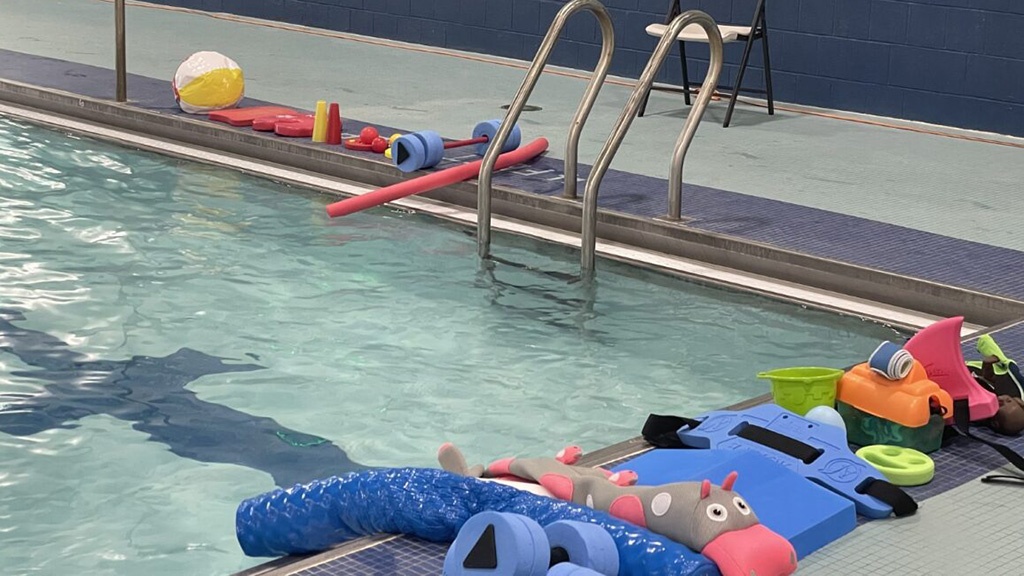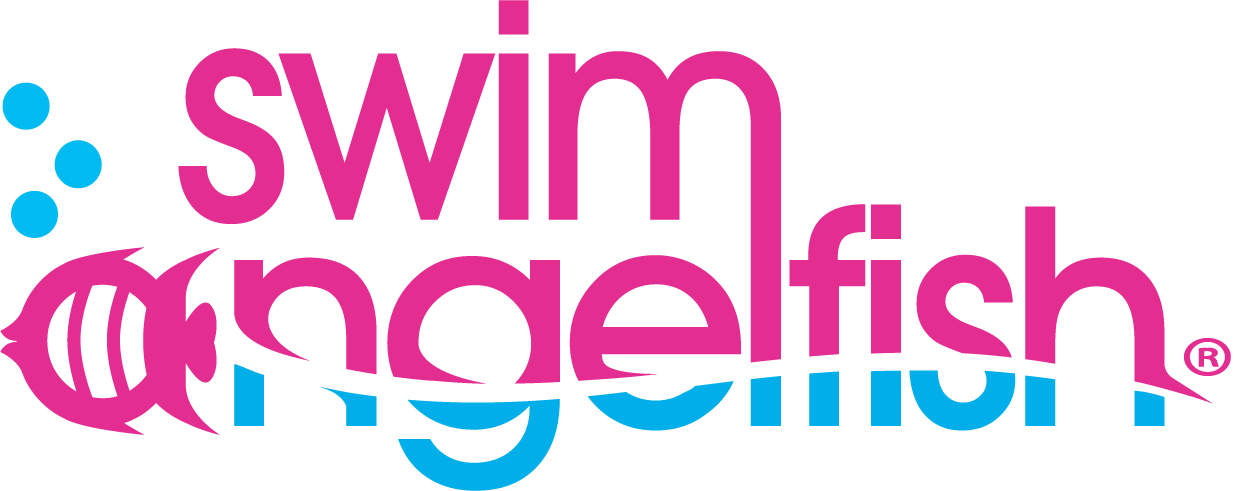Is it possible to adapt therapy strategies for CVI (Cortical Visual Impairment) and apply them in the water? Absolutely!
We share six ways in which you can help someone with CVI enjoy the benefits of Aquatic Therapy. Adapting land-based strategies for CVI and applying them in the pool setting can help swimmers with CVI overcome the challenges that are present in this type of sensory stimulating environment.
Therapy benefits individuals with CVI due to neuroplasticity of the brain. Adding Aquatic therapy to the mix will complement treatment plans, helping clients to meet their therapy goals.
Let’s take a deeper dive into CVI and how you can modify your Aquatic Therapy sessions to improve outcomes for your client.
What is Cortical Visual Impairment?
Cortical Visual Impairment or Cerebral Visual Impairment (CVI) is a term used to describe visual impairment that occurs due to brain injury. CVI differs from other types of visual impairment which are due to physical problems with the eyes. CVI is caused by damage to the visual centers of the brain, which interferes with communication between the brain and the eyes. The eyes can see, but the brain is not interpreting what is being seen. This is found in conditions where there is injury to the visual centers of the brain.
Overcoming Challenges: 6 Aquatic Therapy Tips for Individuals with CVI
Use Specific Color Pool Equipment
Choose toys, equipment and motivating objects that are brightly colored. Most children with CVI have an easier time seeing the colors bright red, or yellow. Combining your handling techniques for core strengthening with brightly colored motivational toys can create more successful reaching, and visual tracking in your clients with CVI.
Keep Objects Simple
Individuals with CVI prefer seeing single-colored objects on a simple background as it helps to reduce visual clutter. Apply this to the pool and pay attention to how your equipment or toys are presented poolside. Try working in a smaller, more controlled corner of the pool, with limited visual distractions.
Move Objects Purposefully
Toys or objects that move, or light up are easier to see. Typically, in Aquatic Therapy we are moving our clients, but if you move the objects you are trying to get your clients to reach for, or look at, you will have more success in helping them see what you want them to grasp.
Slow Down When Moving Objects
As therapists we understand delayed processing. Combining this concept with the visual latency that is present in CVI reinforces the need to slow down and give your client time to look at the object you are presenting to them, even if they initially look away. When you allow time for this, you will be amazed with what your client can see and respond to.
Ask Your Client to Wear a Baseball Cap
At certain times of day, depending on the sunlight and windows in the pool area, the light refracts off the water and causes distracting shadows overhead. Try having your client wear a baseball hat with a brim to limit the distraction from the light glistening and making shadows above them. By limiting this distraction, they will be able to better focus on the activity you are trying to engage them in.
Familiarize Your Client with Pool Equipment & Objects
For clients with CVI, processing visual information can be challenging. To make pool equipment and objects easier to recognize, familiarize them beforehand in a controlled setting so that they can recognize these objects more easily. This is where a home program can be helpful. Take pictures of the equipment you’ll be using and, with the client’s team, introduce them gradually. Keep in mind that using a black background when these are presented will enhance visibility.
Visual Impairments: A Path to Water Independence
Does your swimmer with a visual impairment crave water independence? In this video, Ailene Tisser, co-founder of Swim Angelfish, shares 2 key strategies to empower them. Watch Ruby’s journey to confident swimming and discover the ‘taking the side’ technique for ultimate water safety.



